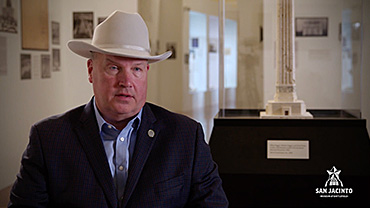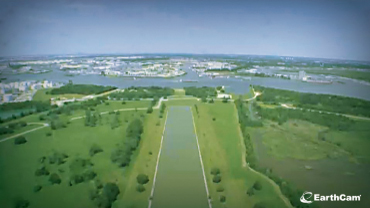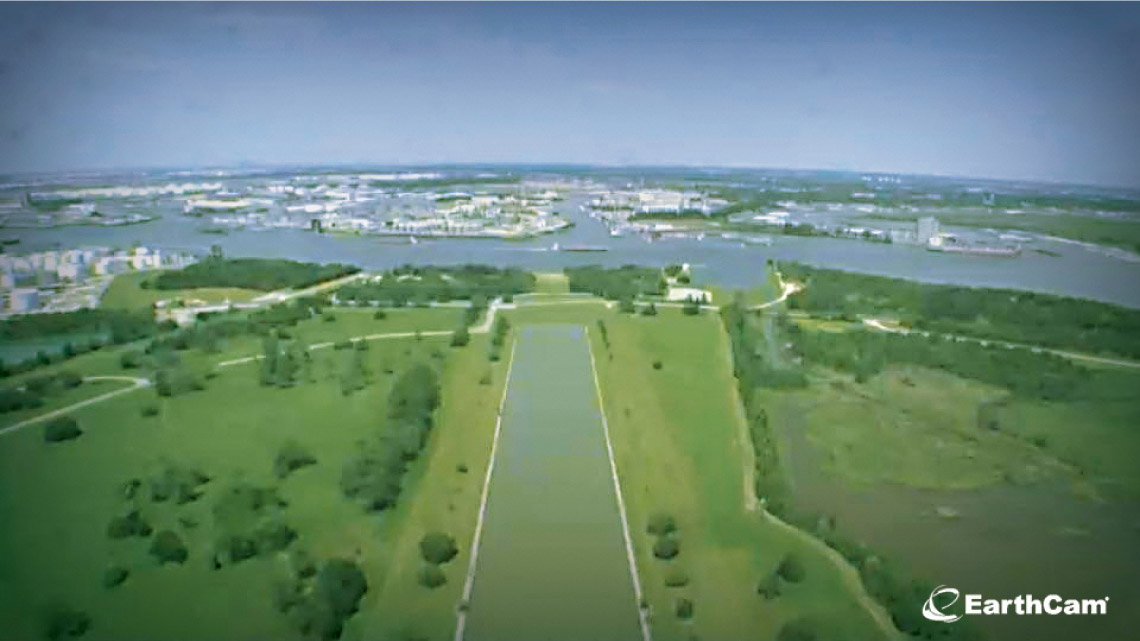The Monument
The Story of Our Rising Star
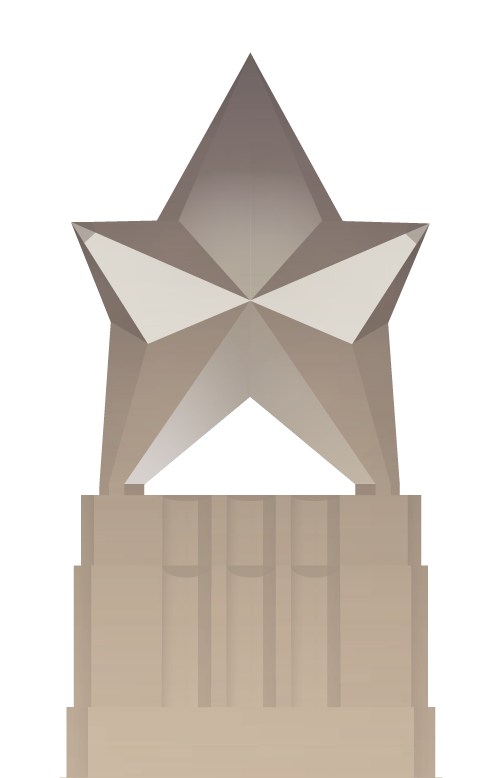



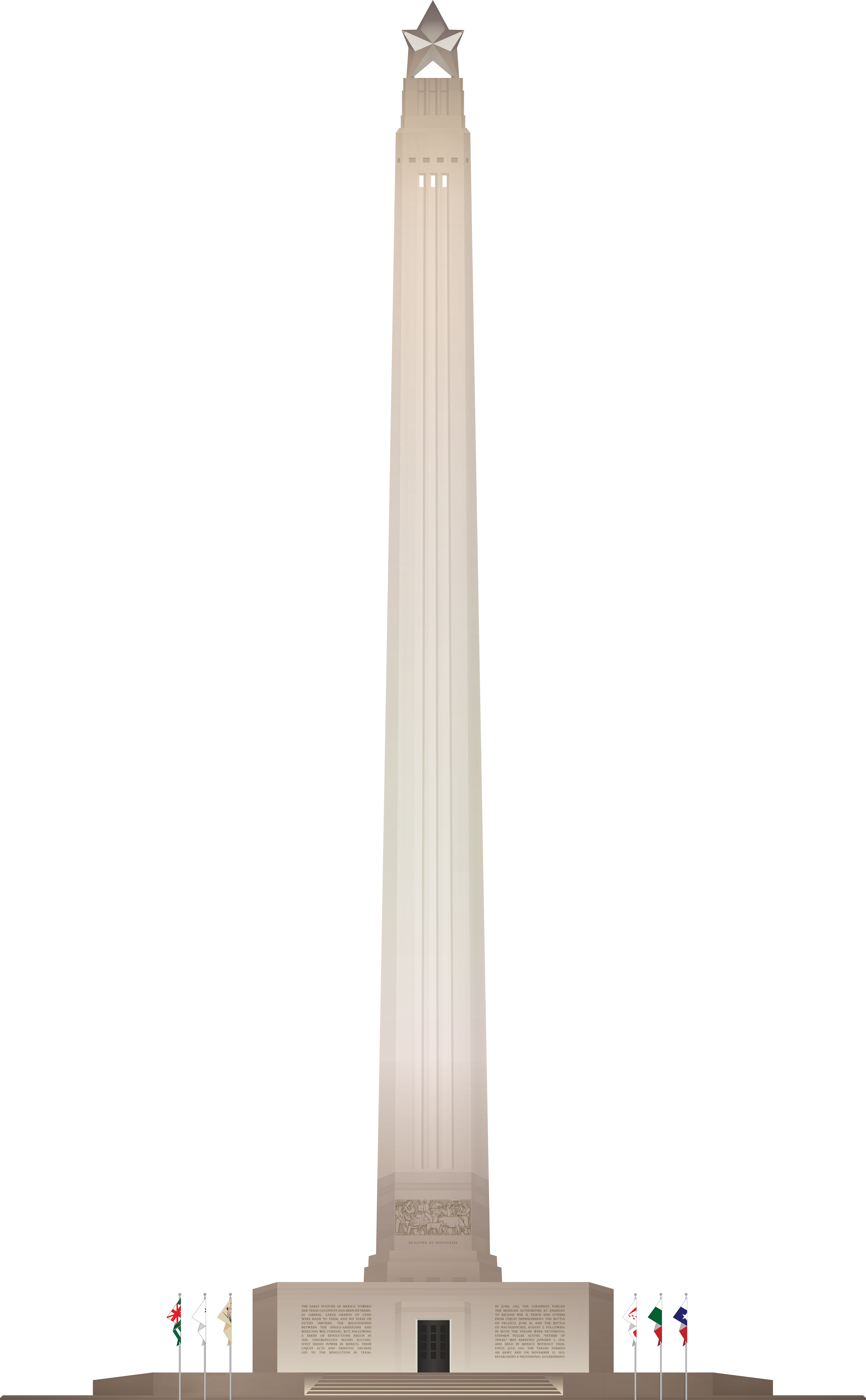
None higher
The world’s tallest war memorial, the San Jacinto Monument at 567.31 ft. is nearly 15 feet taller than the Washington Monument. Learn how wily Jesse H. Jones outfoxed the Feds to achieve this feat.
Ultimate Lone Star
The 34-ft-tall star weighs a whopping 220 tons! It was built in situ, and the entire process took twenty days. Not one of the star’s stones is plumb or level due to its iconic shape.
Room With a View
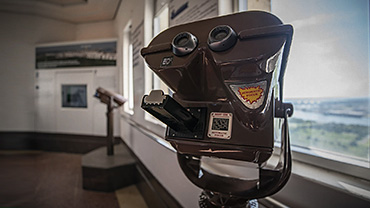
Stand beneath the massive Lone Star of Texas and witness what its heroes created. Enjoy a 360° view of the battlefield and drop 50¢ into one of our telescope viewers to zoom in to this historic site.
Happy anniversary!
The Monument was begun in 1936 to commemorate the centennial of Sam Houston’s defeat of the Mexican army on April 21, 1836, which made Texas a free and independent republic ten years before joining the United States of America.
What a Bargain
W. S. Bellows Construction Company of Dallas and Houston submitted the winning bid for the monument’s construction — $888,300. That’s over 22 million in today’s dollars!
Grande Pour
The continuous pour of the monument’s base took 5,700 cubic yards of concrete. 150 men worked round the clock for 57 hours in eight-hour shifts and consumed 3,800 sandwiches and 5,700 cups of coffee. Only 35 of the men had ever worked in construction before.
Made in the Mesozoic
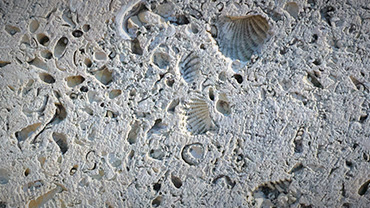
The Texas Cordova shellstone which forms the walls of the Monument was formed over 105,000,000 years ago. The stone is known geologically as “Whitestone Lentil.”
Moderne Friezes
The 8 carved panels around the bottom of the shaft depict important moments in the history of Texas. The Art Moderne-style monument’s base is inscribed with the story of the War of Texas Independence, writ large in less than 600 words.
The Star Attraction
On April 20-21, 1939, the Monument was dedicated to the heroes who fought at San Jacinto and elsewhere to gain Texas’s independence. Over 1,000,000 people visited the museum in its first three years, averaging more than 1,000 visitors a day in 1941.
Texian Battle Flags
Flying over the battlefield are the 6 battle flags of the Texas Revolution. While San Jacinto and the Alamo are the most famous battles, there are stories to be told in Gonzales, Goliad, San Felipe de Austin, and Washington-on-the-Brazos.
Bigger in Texas
Today, the world's tallest war memorial stands at San Jacinto, honoring all those who fought for Texas's independence. Here's how it compares to some other well-known monuments around the world.
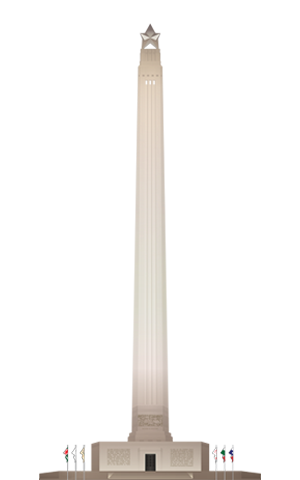
La Porte, Texas, U.S.A.
567.31 ft.
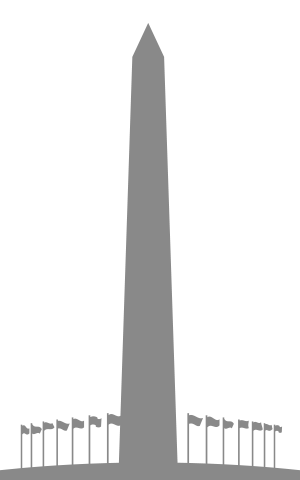
Washington D.C., USA
555 ft.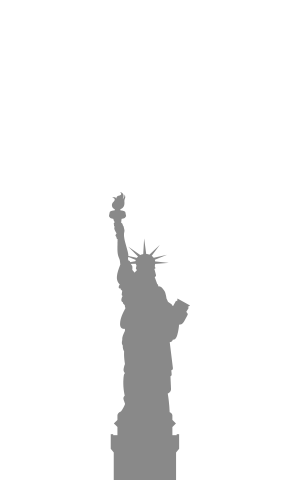
New York, New York, USA
305 ft.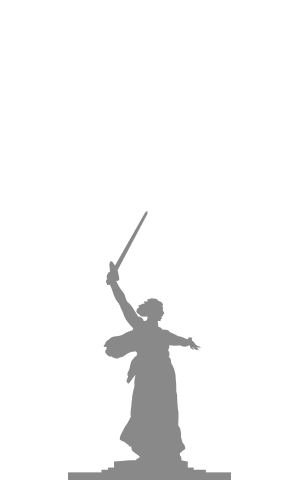
Volgograd, Russia
279 ft.
Charlestown, Massachusetts, USA
221 ft.
Paris, France
164 ft.
Beijing, China
124.5 ft.
Washington D.C., USA
78 ft.
Valley Forge, Pennsylvania
60 ft.
of

